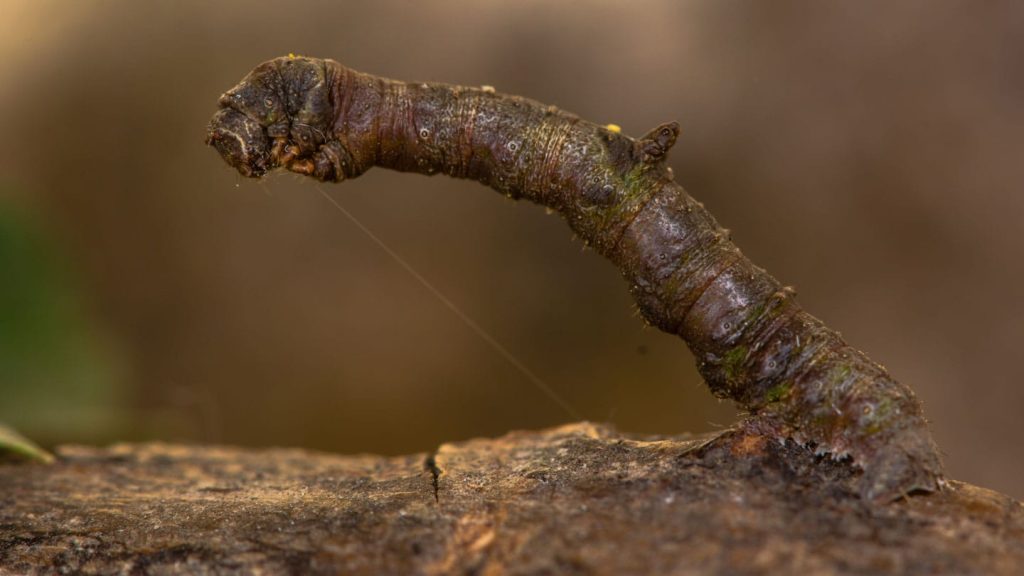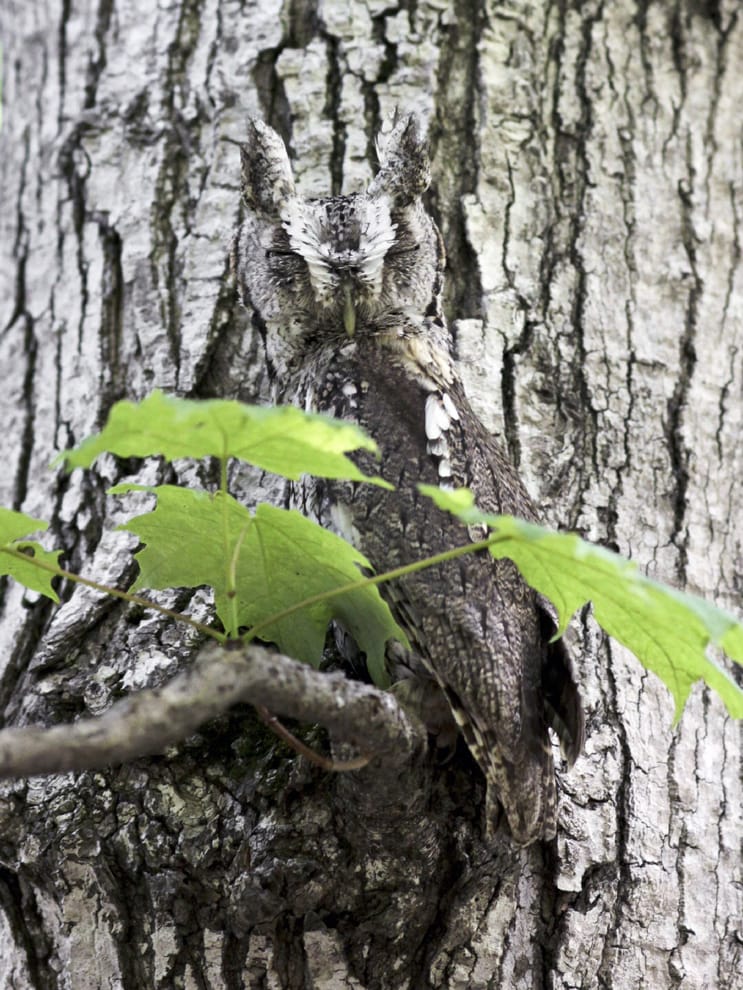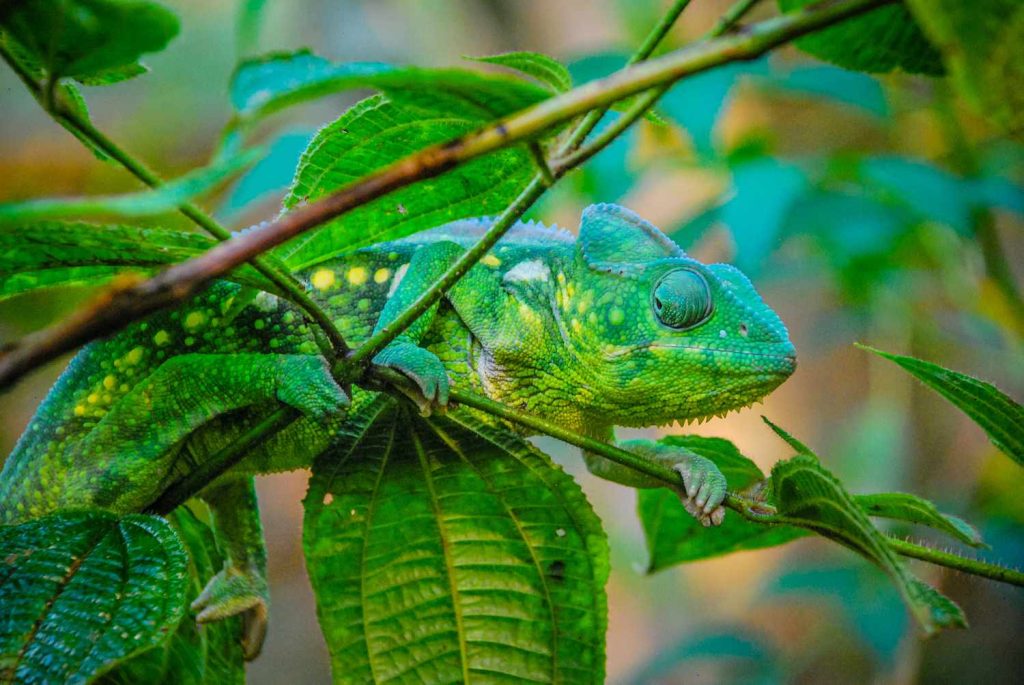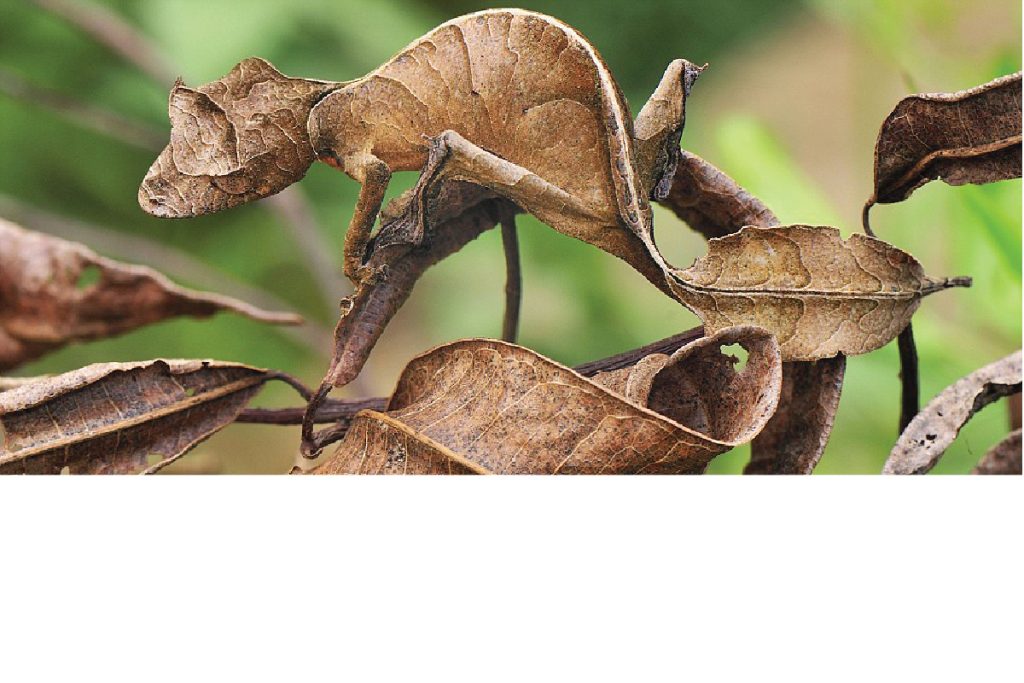Camouflage, Also Called Cryptic Coloration Animals / Species
Camouflage, also called cryptic coloration, is a defense or tactic that organisms use to disguise their appearance, usually to blend in with their surroundings. Organisms use camouflage to mask their location, identity, and movement. This allows prey to avoid predators, and for predators to sneak up on prey.
A species’ camouflage depends on several factors. The physical characteristics of the organism are important. Animals with fur rely on different camouflage tactics than those with feathers or scales, for instance. Feathers and scales can be shed and changed fairly regularly and quickly. Fur, on the other hand, can take weeks or even months to grow in. Animals with fur are more often camouflaged by season. The arctic fox, for example, has a white coat in the winter, while its summer coat is brown.
The behavior of a species is also important. Animals that live in groups differ from those that are solitary. The stripes on a zebra, for instance, make it stand out. However, zebras are social animals, meaning they live and migrate in large groups called herds. When clustered together, it is nearly impossible to tell one zebra from another, making it difficult for predators such as lions to stalk an individual animal.
A species’ camouflage is also influenced by the behavior or characteristics of its predators. If the predator is color-blind, for example, the prey species will not need to match the color of its surroundings. Lions, the main predator of zebras, are color-blind. Zebras’ black-and-white camouflage does not need to blend in to their habitat, the golden savanna of central Africa.




Camouflage Tactics
Environmental and behavioral factors cause species to employ a wide variety of camouflage tactics. Some of these tactics, such as background matching and disruptive coloration, are forms of mimicry. Mimicry is when one organism looks or acts like an object or another organism.
Background matching is perhaps the most common camouflage tactic. In background matching, a species conceals itself by resembling its surroundings in coloration, form, or movement. In its simplest form, animals such as deer and squirrels resemble the “earth tones” of their surroundings. Fish such as flounder almost exactly match their speckled seafloor habitats.
More complex forms of background matching include the camouflage of the walking stick and walking leaf. These two insects, both native to southeast Asia, look and act like their namesakes. Patterns on the edge of the walking leaf’s body resemble bite marks left by caterpillars in leaves. The insect even sways from side to side as it walks, to better mimic the swaying of a leaf in the breeze.
Another camouflage tactic is disruptive coloration. In disruptive coloration, the identity and location of a species may be disguised through a coloration pattern. This form of visual disruption causes predators to misidentify what they are looking at. Many butterflies have large, circular patterns on the upper part of their wings. These patterns, called eyespots, resemble the eyes of animals much larger than the butterfly, such as owls. Eyespots may confuse predators such as birds and misdirect them from the soft, vulnerable part of the butterfly’s body.
Other species use coloration tactics that highlight rather than hide their identity. This type of camouflage is called warning coloration or aposematism. Warning coloration makes predators aware of the organism’s toxic or dangerous characteristics. Species that demonstrate warning coloration include the larva and adult stages of the monarch butterfly. The monarch caterpillar is brightly striped with yellow, black, and white. The monarch butterfly is patterned with orange, black, and white. Monarchs eat milkweed, which is a poison to many birds. Monarchs retain the poison in their bodies. The milkweed toxin is not deadly, but the bird will vomit. The bright coloring warns predator birds that an upset stomach is probably not worth a monarch meal.
Another animal that uses aposematism is the deadly coral snake, whose brightly colored rings alert other species to its toxic venom. The coral snake’s warning coloration is so well known in the animal kingdom that other, non-threatening species mimic it in order to camouflage their true identities. The harmless scarlet king snake has the same black, yellow, and red striped pattern as the coral snake. The scarlet king snake is camouflaged as a coral snake.
Countershading is a form of camouflage in which the top of an animal’s body is darker in color, while its underside is lighter. Sharks use countershading. When seen from above, they blend in with the darker ocean water below. This makes it difficult for fishermen—and swimmers—to see them. When seen from below, they blend in with lighter surface water. This helps them hunt because prey species below may not see a shark until it’s too late.
Countershading also helps because it changes the way shadows are created. Sunlight illuminates the top of an animal’s body, casting its belly in shadow. When an animal is all one color, it will create a uniform shadow that makes the animal’s shape easier to see. In countershading, however, the animal is darker where the sun would normally illuminate it, and lighter where it would normally be in shadow. This distorts the shadow and makes it harder for predators to see the animal’s true shape.



Creating Camouflage
Animal species are able to camouflage themselves through two primary mechanisms: pigments and physical structures.
Some species have natural, microscopic pigments, known as biochromes, which absorb certain wavelengths of light and reflect others. Species with biochromes actually appear to change colors. Many species of octopus have a variety of biochromes that allow them to change the color, pattern, and opacity of their skin.
Other species have microscopic physical structures that act like prisms, reflecting and scattering light to produce a color that is different from their skin. The polar bear, for instance, has black skin. Its translucent fur reflects the sunlight and snow of its habitat, making the bear appear white.
Camouflage can change with the environment. Many animals, such as the arctic fox, change their camouflage with the seasons. Octopuses camouflage themselves in response to a threat. Other species, such as nudibranchs—brightly colored, soft-bodied ocean “slugs”—can change their skin coloration by changing their diet.
Chameleons change colors in order to communicate. When a chameleon is threatened, it does not change color to blend in to its surroundings. It changes color to warn other chameleons that there is danger nearby.
Some forms of camouflage are not based on coloration. Some species attach or attract natural materials to their bodies in order to hide from prey and predators. Many varieties of desert spiders, for instance, live in burrows in the sandy ground. They attach sand to the upper part of their bodies in order to blend in with their habitat.
Other animals demonstrate olfactory camouflage, hiding from prey by “covering up” their smell or masking themselves in another species’ smell. The California ground squirrel, for instance, chews up and spits out rattlesnake skin, then applies the paste to its tail. The ground squirrel smells somewhat like its main predator. The rattlesnake, which senses by smell and body heat, is confused and hesitant about attacking another venomous snake.

